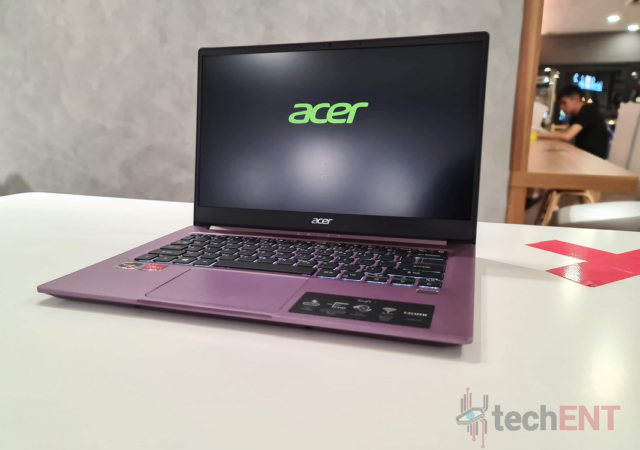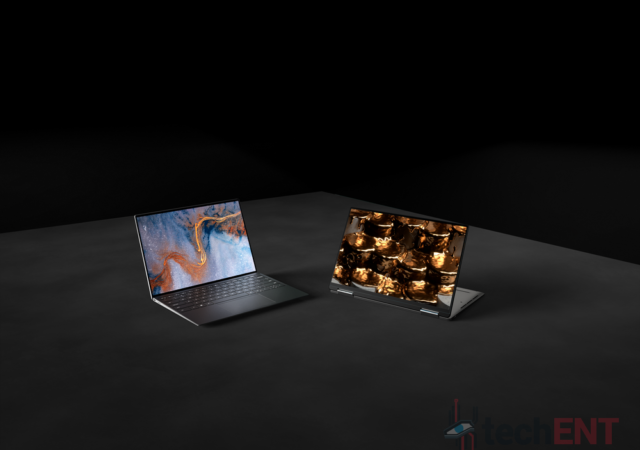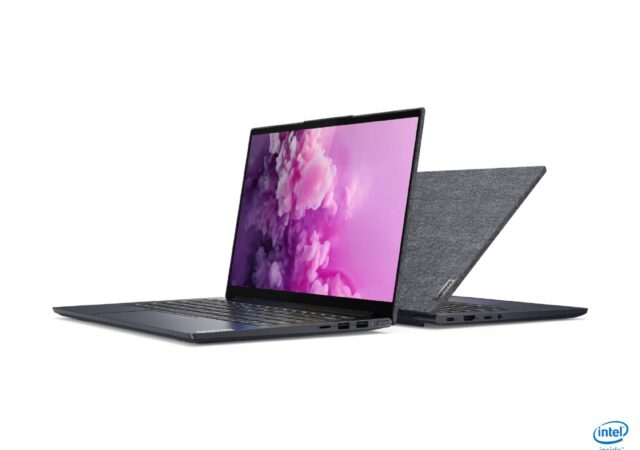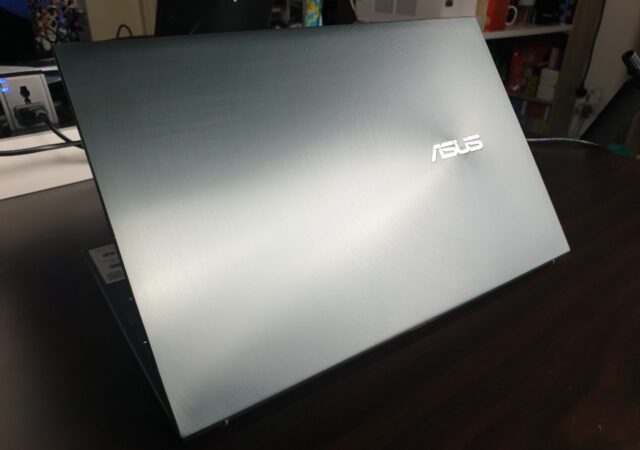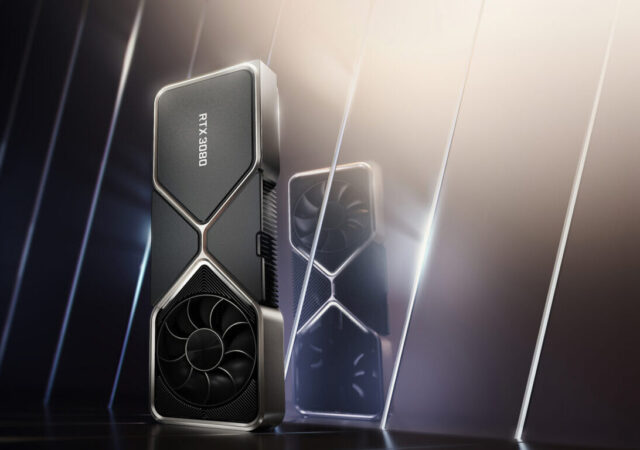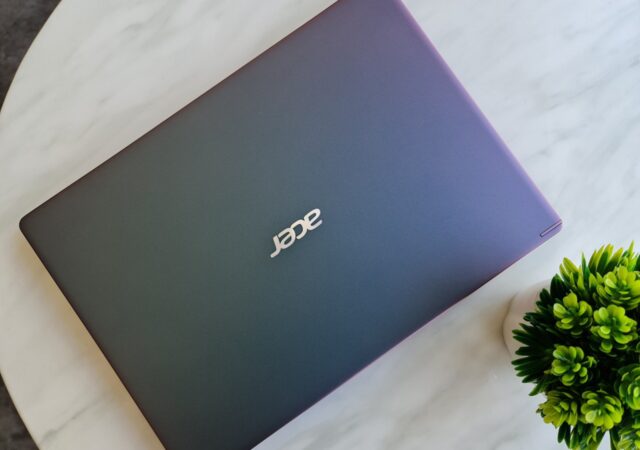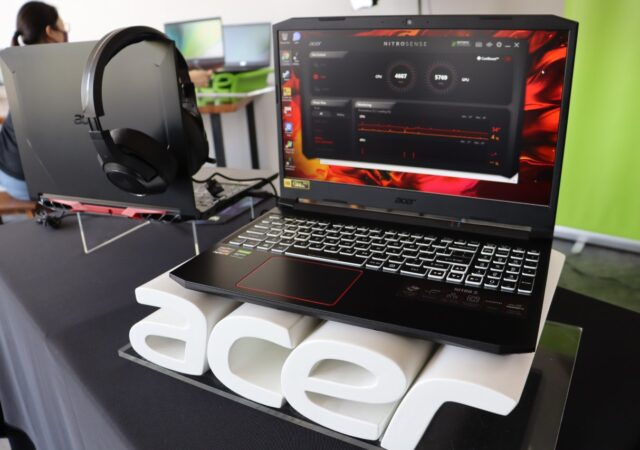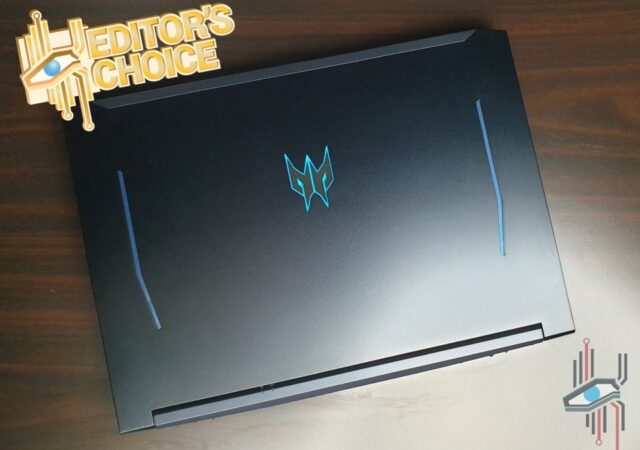The AMD powered Swift 3 promises affordable performance that won’t break the bank but does the laptop live up to its promise?
Dell’s XPS 13 Line Up Gets an 11th Generation Intel Power Up
Dell’s XPS line up has been the epitome of design prowess when it comes to thin and light laptops as well as 2-in-1s. The XPS 13 holds Dell’s crown in the space with feature sets tailored to people who want…
The New Premium YOGA Line Up Hits Malaysian Shores Celebrating Malaysia
Lenovo has just launched their new YOGA Slim 7 and YOGA Duet 7i premium notebook and convertible line up starting from MYR 3,499.
Asus ZenBook 14 UX425JA (2020) In-Depth Review – Something is Missing
The ASUS ZenBook 14 for 2020 prides itseslf as the thinnest 14-inch notebook with full I/O ports. Is it though? Is it any good?
5 Reasons to Put Your Old PCs Out to Pasture
Should you refresh your PC? AMD weighs in on how it’s not just about performance. It has impacts on your overall productivity.
NVIDIA GeForce RTX 30 Series is here! The GeForce RTX 3080 and 3090 is Here!
NVIDIA just launched their new Ampere architecture on the GeForce RTX 30 Series GPUs. This is the new age of ultra-powerful GPUs.
Acer Brings Magic in Purple with Acer Aspire 5 (2020) at MYR 2,599
Acer introduces the new Acer Aspire 5 with Magic Purple finish. The new 14-inch notebook is available now for MYR 2,599
An AMD Twist for the Acer Nitro 5 (2020)
Acer introduces a new variant of the Acer Nitro 5 gaming notebook packing AMD’s Ryzen 7 4800 and NVIDIA GeForce GTX 1650 for MYR 4,099.
The Acer Predator Helios 300 (2020) In-Depth Review – At MYR 5,199; Value Has a New Name
The Acer Predator Helios 300 with RTX 2060 is now here for MYR 5,199. Is it just the best value gaming in 2020? We recon, and we reviewed!
The New ASUS ZenBook 13 & ZenBook 14 Lands in Malaysia! Prices start from MYR3,999
The ASUS ZenBook Classic gets two new entries with the ZenBook 13 and ZenBook 14 which come with Intel’s latest processors for productivity and also a full array of ports



